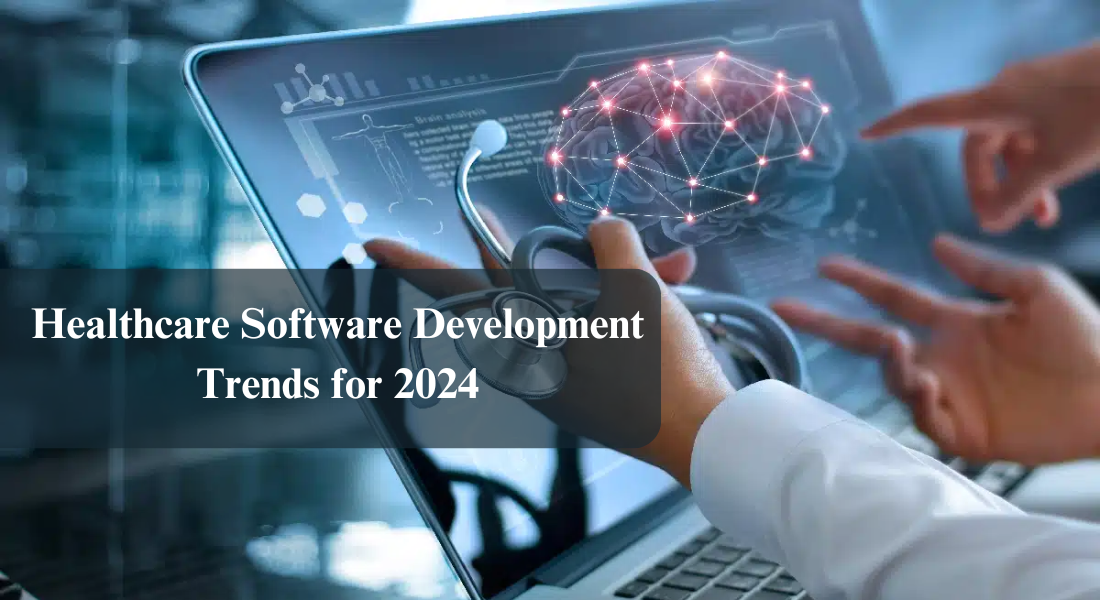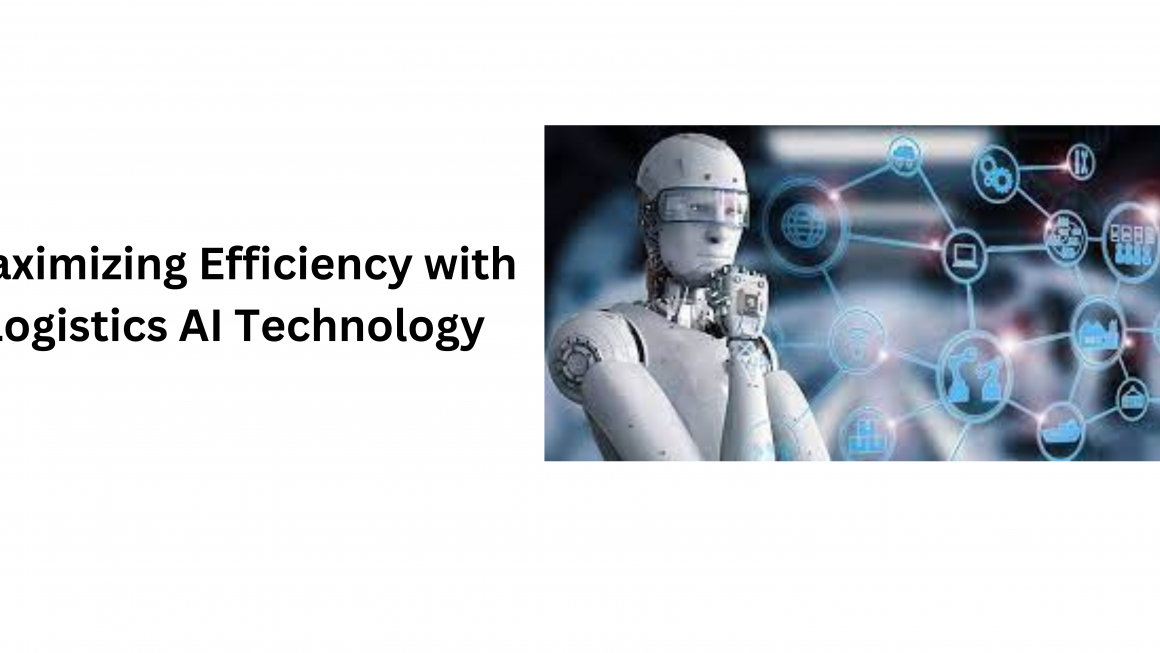As a boss, your employees are your treasure. They fuel your brand and steer your company towards growth. So, managing their benefits isn’t just a duty but a key to a buzzing and productive team. This is where a benefits administration partner comes in handy.
The choice of a benefits administration partner isn’t a light one. It’s not just about delegating a job but about trusting a team to manage the intricate, vital task of employee benefits administration. From health coverage to retirement plans and time off, this partner deals with tasks that directly affect your workers’ happiness. An error here can dent morale and hurt performance.
In this digital era, tech has shaken up business, benefits administration included. Benefits administration software has become vital, easing the complex job of managing employee benefits.
The right administration software can transform your business. First, it makes your work smooth by automating tasks related to benefits. This way, you can focus more on strategic initiatives.
Second, good administration software boosts accuracy. We are all prone to mistakes. But with employee benefits, errors can have serious fallouts. Automated systems lower such risks, making sure benefits are processed accurately and on time.
Lastly, administration software gives better control. With all info in one place, you can easily track and manage everything, from enrollment to claims and compliance. Therefore, this full view helps you make informed choices, tweak your benefits plan, and ensure your offerings match your team’s wants and needs.
What is Benefits Administration?
Benefits administration, in a nutshell, is the way a company manages employee perks. These perks can include health coverage, retirement plans, time off for holidays or illness, and other bonuses that make work life better.
You might see benefits administration like a backstage orchestra conductor. While not always in the limelight, it makes sure all parts of the employee benefits work together well. The cycle never stops. It includes setting up benefits, signing up employees, keeping track of use, answering questions, and meeting rules and regulations.
Hence, benefits administration services play a vital role in how a company runs. They directly affect how happy employees are, how long they stay, and the overall culture of the company.
The Role of Benefits Administration Software
Managing employee perks gets more complicated over time. Doing it by hand can be tough, slow, and error-prone. Here’s where benefits administration software comes in.
Think of it like a road trip. You could use an old-school map to find your way. But it’s simpler and quicker to use GPS. An administration software is like your GPS in the complex world of perk management.
Benefits administration software makes tasks easier by automating different processes. It lets you set up and change benefits fast, sign up employees, and track their usage, all in one place. Also, no more searching through piles of paperwork or struggling to update many databases. Everything you need is right there.
Plus, solid administration software brings a level of precision that is hard to reach with manual processes. Like a watchful co-pilot, it helps you steer clear of mistakes that can make employees unhappy or break compliance rules. It also keeps you up-to-date with legal changes, so you always stay within the law.
One of the best parts of administration software is the oversight and control it gives you. With all data in one place, you can easily watch perk usage and trends. This handy info lets you make smart choices, align your perk strategy with what your employees want, and even spot and fix possible problems before they blow up.
Therefore, knowing about benefits administration and the role of the software is your first step towards picking the right partner for your business. With this understanding, you can better evaluate potential partners, ensuring they can deliver the administration services your business really needs.
Why Does Your Business Requires a Benefits Administration Partner?
As your business grows, looking after your employees’ benefits becomes complex. These benefits aren’t just gifts for your employees. They are key in keeping your employees happy and loyal to your company. So, benefits administration is an important part of your business. But why do you need a partner for this?
Think of benefits administration as a new language. If you don’t speak it, you may find it hard to understand. This could lead to problems. A benefits administration partner can be your translator. They know how to handle your benefits tasks in the right way.
Also, a benefits administration partner can give you benefits administration solutions that fit your business needs. It’s like a tailor-made suit that fits you just right. Your partner can provide solutions that are made just for your business.
Lastly, having a benefits administration partner allows you to focus on running your business. It’s like hiring a gardener to look after your garden while you enjoy a nice day with your family. Your partner takes care of the hard work, giving you more time and resources to focus on important tasks.
Key Factors to Consider While Choosing a Benefits Administration Partner
Understanding Your Business Needs
Before looking for a benefits administration partner, think about your needs. It’s like getting ready for a trip. You wouldn’t pack without knowing where you’re going, right?
Look at your current benefit processes. Where can they improve? What do you want in the future? Do you need a simple system for a small team? Or do you want solid benefit administration software solutions for a bigger, more complex group? Understand these things to know what you need in a partner.
Features of the Software
After understanding your needs, search for benefits administration software that fits. It’s like buying a smartphone. You need one that has what you want, like a great camera, lots of storage, and a strong processor.
Your software should have features to help your business. Also, these can include easy sign-up processes, in-depth reports, and analysis, connecting with other HR systems, and a portal for employees to use. Remember, good features can make managing benefits easier.
User-Friendliness
A user-friendly design is key when picking benefits administration software. Think of it like a supermarket. If things are well-labeled and logically placed, you can quickly find what you need. Otherwise, you’ll waste time.
Your software should be easy for your HR team and employees to use. Remember, a tool is only useful if people can use it. Even if the software has a lot of features, if it’s hard to use, it won’t be used much.
Compliance with Legal Requirements
Make sure your software meets all legal and business requirements. It’s like buckling up before driving, not just about following rules. It’s about being safe.
Your software should stay current with laws and regulations to help you avoid legal issues. It should also follow your business rules. So, always look at how the vendor has handled compliance and updates in the past.
Scalability of the Software
Lastly, your software should be able to grow with your business. It’s like buying shoes for a child. You’d buy a size bigger knowing they’ll grow into them.
As your business grows, your needs will change. The software you pick should be able to grow with you, handle more employees, offer more features, and adjust to business changes.
Hence, choosing the right benefits administration partner is key. Knowing your needs, looking at software features, and checking for user-friendliness, compliance, and scalability will help. Doing this can help you find a partner who runs well in the relay and passes the baton smoothly too.
Costs Involved in Benefits Administration Software
Upfront Costs
First off, you will face the initial costs of buying benefits administration software. These prices can change a lot based on how complex the software is and how big your business is. Some software sellers have pricing tiers. Also, this can help small businesses start without spending too much. It’s always a good idea to look around and ask for quotes from different sellers.
Implementation Costs
After you buy your chosen Benefits Administration Outsourcing Companies, you’ll need to think about the cost of putting the solution into place. These costs might include moving data from your current systems, tweaking it to fit your specific business needs, and making it work with existing HR or payroll systems. So, it’s key to make sure the setup phase goes smoothly. This helps you get the most out of your new software.
Training and Support Costs
Training is key for your staff to use the new software well. You might need to bring in outside trainers or even temporarily use your internal resources for this. Also, think about the ongoing support costs. Some sellers include support in their prices, while others charge a separate fee. Knowing this in advance will help you avoid any unpleasant surprises later.
Operational Costs
Running the benefits administration software will also cost money, including regular updates, maintenance, and possible upgrades. Make sure to ask about these things with your seller. This gives you a clear picture of the long-term financial commitment.
Assessing Costs
You need to look at all these costs as a whole to understand the true value of the software. It’s good to do a cost-benefit analysis. Compare the initial and ongoing costs of the software against the expected savings like more efficiency, fewer mistakes, and saving time. Also, this analysis will give you a solid idea of the financial impact of this big business decision.
While the cost of benefits administration software can be high, it’s key to remember that this is an investment in your business’s future. By carefully looking at all associated costs and doing a thorough cost-benefit analysis, you can make a smart decision that benefits your company and your workers. Remember, the goal is not to find the cheapest solution but the one that offers the best value for your money.
Implementation and Integration of the Software
Implementation of the Software
Putting in software is like planting seeds. You can’t just scatter seeds on the ground and expect them to grow. You need to take steps to set it up. Every software has its own steps for setup.
Firstly, get a team ready for the process. The team should have decision-makers, technical staff, and some people who will use the software, like the HR team.
Next, plan your processes. With the help of your vendor or Employee Benefits Solution Providers, figure out the workflows that the software will support and configure the system to match these workflows. This step involves adding and setting up employee data, putting in your benefits plan details, and adjusting the look of the system to match your company’s look.
Then, check everything is well. First, the vendor will do some testing, but your team should also check to make sure everything works as expected. The goal of testing is to find and fix any problems before the system goes live.
Finally, make your go-live and support plans. Pick a date to switch from your old system to the new benefits administration software and make sure everyone is ready for the change. Also, plan for ongoing support to deal with any issues that might come up after the software goes live.
Integration of the Software
This is the part where your new plant (the benefits administration software) needs to get along with the other plants (current systems) in your business garden. Your new software needs to work with other systems to share data and functionality. Here are some steps to make this happen:
Firstly, find all the systems that your software will need to interact with. This could include payroll systems, HR management systems, timekeeping systems, and others. Understand how data moves between these systems and what integration points are needed.
Next, talk to your vendor about your integration needs. They should be able to give advice on how to set up integrations and might provide tools or services to help.
Then, thoroughly test the integrations. Just like with putting in the software, testing is crucial. Also, you need to make sure that data moves correctly between systems and that all integrations work as they should.
Lastly, keep an eye on and review integrations. Integration isn’t a one-time thing – it needs ongoing maintenance and reviews to make sure everything keeps working as it should.
The Importance of Training and Support
The Role of Training in Using Benefits Administration Software
Imagine hopping onto a bike without knowing how to pedal or balance. It’s sure to lead to falls and frustration. Likewise, using benefits administration software without training can be stressful and error-prone. Here’s why training is key:
- Boosts confidence: Training lets users move around the software with ease. It helps them make the most of your HCM Solutions.
- Enhances skills: Training turns users into pros at the software. This helps them carry out tasks more efficiently.
- Reduces mistakes: Not knowing how things work can cause errors. Training helps to lessen these, ensuring smooth and accurate work.
- Encourages use: When users know how to use the software, they’re likely to use it more and in the right way.
The Importance of Support for Effective Use of Benefits Administration Software
Even skilled bike riders sometimes need a hand. Whether it’s for repairs, upgrades, or learning new routes. The same goes for your team after training. They’ll probably need continuous support. Here’s why:
- Fixes technical problems: Even the best software can have bugs. Quick and effective support makes sure these are fixed fast, so work doesn’t stop.
- Handles updates: Software keeps changing. When new updates or features come up, your team will need support to learn and use them.
- Deals with special cases: Each business has its unique ways. Sometimes, you might need to do something not covered in training. A good support team can help you manage such situations.
Reviews and References
The Power of Reviews in Choosing Benefits Administration Software
Today, online reviews are the digital version of a friend’s advice. They give honest, clear feedback about how a product or service works. Reviews about benefits administration software can tell you a lot about how it works, its ease of use, and if it’s worth it.
Here’s how reviews help you choose:
- User experience: Reviews talk about how people found the software. It tells you if the software is easy to use, fast, and friendly.
- Performance check: Reviews often share details about the software’s speed, dependability, and accuracy. This helps you see if the software delivers what it promises.
- Customer service: Reviews often discuss how good the company’s support service is. This gives you a hint about the kind of help you’ll get if you need it.
- Options: By reading a lot of reviews, you can compare different software to find your best fit.
The Role of References in Your Decision-Making
Like asking a local for the best restaurants, asking for references from a software provider gives you a real feel for working with them.
Here’s why references matter:
- Claims check: The software provider might make big promises about their product. References can prove if these are true, helping you trust the provider.
- Details: While reviews often talk about the software, references give you a bigger picture. They can tell you about the provider’s quick replies, professional behavior, and good customer service.
- Ask away: With references, you can ask anything you want to know about the process, support, and any worries you have.
Conclusion
This guide has been about how important it is to choose the right benefits administration partner. We have talked about what benefits administration software does and how to pick the best one for your business. Now, let’s summarize what we’ve learned.
In a world where happy employees mean a successful business, benefits administration is vital. It’s a major part of your HR duties. When managed well, it can improve employee happiness, work output, and business growth.
Benefits administration software, the hero of our story, helps manage these tasks. It makes things easier, more accurate, and quicker. Also, it can turn the tough task of managing employee benefits into a harmonious, smooth process.
Remember, picking the right software is not just an admin decision. It’s an investment in your employees, who are your most valuable resource. So, it’s the key to creating a successful business. Start looking today with Toporgs, and let the sounds of efficiency, productivity, and employee happiness fill your business.
FAQs
What is a Benefits Administration Software?
At the heart of human resources management, benefits administration software is a digital solution that aids in organizing, managing, and implementing employee benefits programs. It automates administrative tasks such as enrollment, updating, and managing various employee benefits, thereby simplifying the intricate procedures that HR teams have to deal with daily.
What are the Key Features to Look for in a Benefits Administration Software?
Selecting a benefits administration software is akin to selecting the right ingredients for a perfect recipe. Key features to look for include customizable benefits options, compliance tools, reporting and analytics, self-service portals for employees, and integration capabilities with other HR systems.
How Can a Benefits Administration Partner Help Improve My Business Productivity?
A suitable benefits administration partner serves as an efficient conductor, orchestrating multiple HR functions seamlessly. It automates and streamlines benefits management processes, freeing up your HR staff’s time for more strategic activities. Moreover, it enhances the accuracy of benefits data, reducing errors and saving costs.
What are the Common Challenges Faced During the Implementation of Benefits Administration Software?
Implementation of benefits administration software can sometimes hit a few sour notes. Common challenges include resistance to change from employees, data migration issues, lack of necessary skills or training, and potential disruption to normal HR operations during the transition.
How Much Does a Good Benefits Administration Software Cost?
The price tag on benefits administration software can vary. It depends on features, the number of employees, how much it can grow, and the level of customer support. Different vendors offer different pricing options, so there’s something for every budget. But remember, it’s not just about the initial cost. Think about the return on investment in terms of improved efficiency and productivity.




